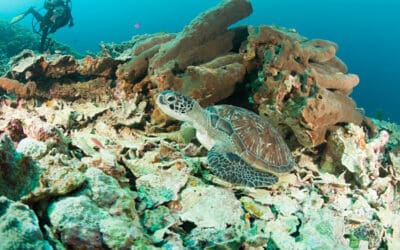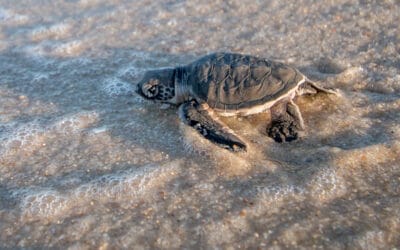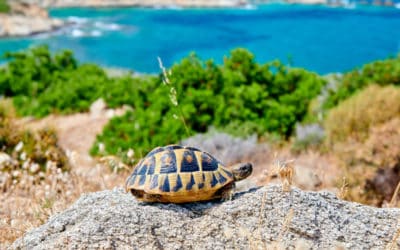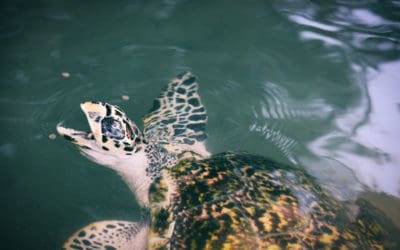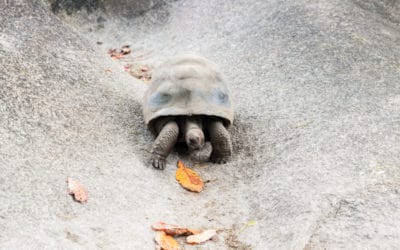As an owner of a turtle, I am more than certain that it means a lot to you. For sure, you take care of it the best you can and you cannot imagine your life without this little friend of yours. However, you have to reckon with the fact that one day your beloved pet may pass away. If such a situation occurs, then most probably your turtle will float due to gases that form in their body.
However, if you want to know how to recognise that your turtle isn’t alive anymore, I can answer this question. Additionally, I will provide you some information concerning what happens to turtles when they die and how the decomposition process looks like. What’s also crucial, you need to know how to distinguish turtle’s death from brumation as they may not differ a lot.
All these pieces of information are reliable since I came through the death of my beloved turtle once and I can assure you that I got familiar with the subject matter enough. Moreover, after that I began studying the whole process of turtles’ dying in order to be more prepared if such a situation happens again in my life. Enjoy the article.
What happens to turtles after they die?
First of all, let’s focus on what happens when turtles die. When animals die, they simply decompose. This is what happens to turtles as well. Their bodies release the foul odor and there are some gases creating inside these dead bodies. It all increases turtles’ buoyancy and makes them float on water.
If you want to make sure that your turtle is dead, check whether it remains lifeless. Other visible signs are floating on the water and not responding to any kind of stimulation. What’s more, dead turtles do not flip over when you place them on their back. If your turtle produces an offensive odor, it’s certain that it’s not alive anymore.
Dead turtle and the decomposition process
The decomposition process is relatively a quick one and involves five stages including:
- the fresh stage – it starts right after your turtle’s heart stops beating. Then, the dead body changes its temperature into warmer or colder depending on the temperature of the surroundings. When it comes to a colder environment, the whole decomposition process is a bit slower. On the contrary, in warmer environments turtles decompose faster.
- the bloat stage – this is the moment when you may start smelling annoying odors. Also, the turtle’s body floats on the water due to accumulated gases in its abdomen.
- the active decay stage – it can last several days or even several weeks. It depends on the environment. The dead body starts withering and the ador attracts insects -> do turtles can eat flies?, maggots and many more.
- the advanced decay stage – it lasts for several months or even several years. This stage occurs when the insects and maggots stop eating the body.
- the dry stage – the last stage of the decomposition process involves drying bones of the turtle as well as its shell.
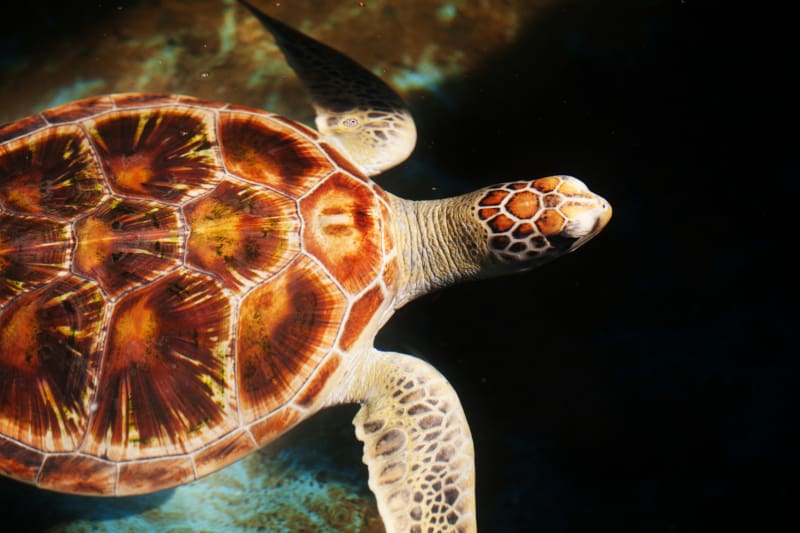
What happens to turtles’ shells when they die?
In comparison to softer tissues, such as organs and skin, which decompose quite quickly, turtles’ shells, which are a lot harder, decompose for a long time. It is so because shells comprise of bones like ribs and some parts of the pelvis. These elements protect some vital organs and even the turtle’s head. It may take years before the shell becomes completely dry and brittle and before it decomposes fully.
The turtle’s shell is covered with colorful scutes and patterns which make them interesting and attractive. That’s why, some people want to keep the shells to remember their beloved pet and some people simply keep those for decoration.
Brumation or death – how to distinguish these two?
Sometimes you can find it difficult to distinguish whether your turtle is still alive or not. It’s understandable since the turtle’s death is very similar to the brumation. Here are some tips on how to know whether your pet is brumating or dead:
- Move your turtle’s leg – you can do it in a gentle way because when you do so, your pet will react by retracting further into the shell.
- Check the pulse – you can look for your pet’s pulse and breathing movements in the skin between its head and legs or between its tail and legs -> do turtles have legs?. If you cannot feel anything, try to warm the turtle for about 20 minutes and, then, try to check the pulse again.
- Give it a bath – another option is placing your turtle in a room-temperature soaking bath. If some life signs appear due to gradual warmth, it means your pet is simply brumating. These life signs are for example urinating and defecating.
- Check with vet – the previous ways to check whether your turtle is brumating or dead are the ways you can try out at home. However, if you’re not certain, you should visit the vet in order that he or she can assess the situation professionally.
Now you know whether your turtle floats when it dies!
If you have read my article carefully, you know that turtles float on the water when they die. It happens because of gases accumulated in the turtle’s abdomen. Moreover, I’ve provided you with some vital information concerning how to distinguish the turtles’ death from brumation.
Also, you should know how the decomposition process looks and how long it takes for the turtles’ shells to decompose. Bear in mind that if you’re not sure what happens with your pet, simply visit the vet and, then, you’ll be 100% certain.
Submit your review | |

